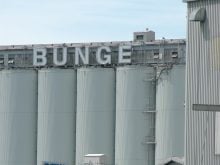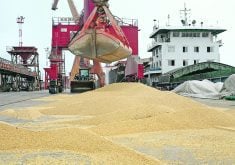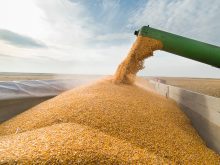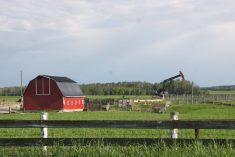There can be strength in numbers.
That’s why 500 of Australia’s top farmers are looking to make connections with leading Canadian producers.
They envision a group of elite farmers working together to acquire the best information and expertise in the world, achieve the most bargaining power for inputs, and find marketing clout for premium commodities with precise specifications.
By working together to supply global customers, they could reduce their risks and challenge each other to perform better, said Rob Napier, a management consultant involved with the group.
Read Also
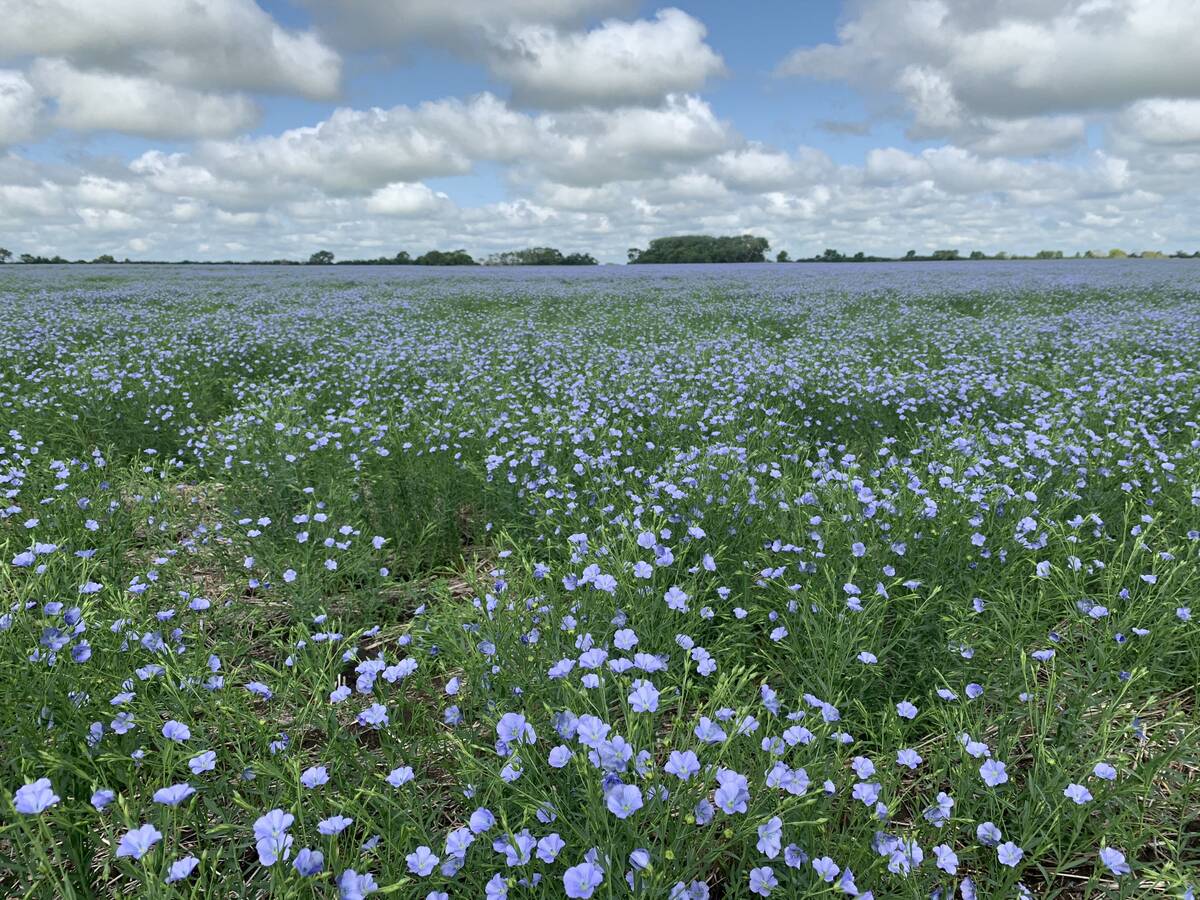
Flax sector sees omega-3 opportunity
SASKATOON — A global shortage of omega-3 oils could be an opportunity for the flax sector, says an industry official….
Members of the Australian group known as Farm Management 500, already benchmark their operations against each other to find areas for improvement.
Benchmarking, or comparing key measurements of productivity and profitability, “help us know without the rhetoric where our strengths and where our weaknesses are,” Napier said.
A couple of Alberta farmers will soon travel to Australia to investigate opportunities to see how their operations stack up Napier said.
He discourages using the word “co-op” to describe what farmers want to achieve.
Co-operatives imply membership is open to “the good, the bad and the ugly,” he said.
But this group would be comprised of farmers with similar capabilities, goals and mindsets, said Napier, who works with the agricultural college at Australia’s University of Sydney.
He was a keynote speaker recently at conferences in Winnipeg and Red Deer organized by Agricore and the George Morris Centre.
Napier said strong management skills are critical for family farms to profit amidst the rapid changes in agriculture.
“It’s a heck of a lot more than production these days, isn’t it?”
Napier said farmers shouldn’t rely on governments for protection from European and American subsidies.
“We have to deal with the world the way it is.”
He said he can’t see an end in sight for the subsidies. Technology has changed agriculture, and shrunk the world. Multinationals have taken advantage of this to operate across borders, but farmers are still locked in a mindset of competing against farmers in other countries.
He said producers have to produce what markets want, rather than try to market what they can produce. They need to pinpoint what finicky but wealthy consumers want to buy.
“The baby boomers are rolling in cash.”
The changes in agriculture mean there will be fewer farmers in the future, Napier said.
The top six percent of farmers in the United States produce 59 percent of the value of farm output, he said.
Margins for commodities will remain low, so farmers need to focus on adding value.
The farmers he works with produce “premium commodities” by meeting tight specifications and using marketing tools, and garner prices 30 percent better than regular commodities.
Farmers have to continually look for different opportunities because today’s niche products can rapidly become tomorrow’s commodities, he said.
They need to break away from treating buyers, suppliers and farmers in other countries as adversaries.
Just as multinationals sometimes co-operate with one another to break into major new markets, farmers can pool their resources to get information, capital, cheaper input prices, marketing power, and econ-omies of scale.
For example, Napier has worked with a group of 18 corn growers in South Africa who control 150,000 acres.
They can achieve discounts of 35 to 50 percent when they buy inputs and equipment together, he said.



